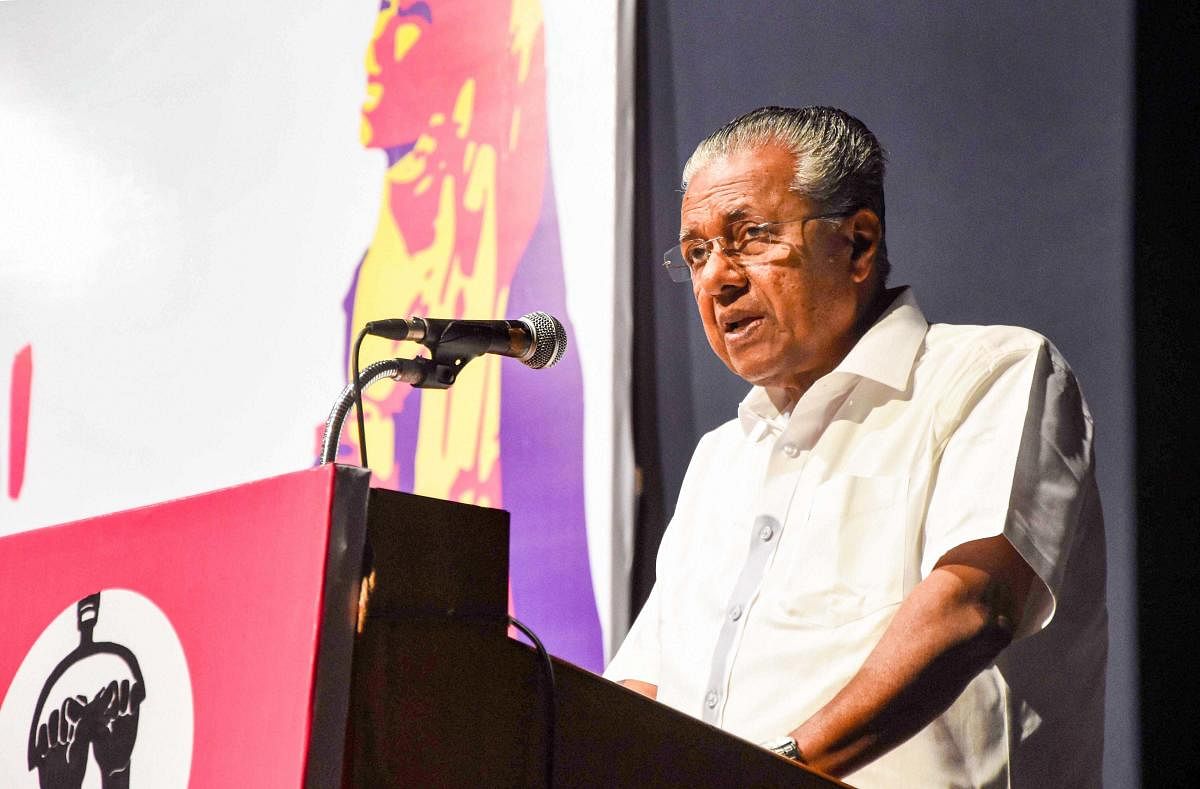
Kerala has done much better than other states in the fight against coronavirus and in mitigating the hardships caused by the measures to contain it. The state’s achievement in both respects has attracted international attention also. It was the first state to record a COVID-19 infection in January but is now the first to start showing signs of declining infections. All indicators have shown a hopeful and positive trend. The infection curve may be flattening, with not many new infections being reported in the past week. The recovery rate is more than the infection rate. The fatality rate is also low, as only two persons in the state have succumbed to the disease till now. At one stage, Kerala had the highest number of infections in the country, but it is sixth among all states now.
This was achieved through a relatively high number of testing, effective scrutiny and surveillance, quick identification of suspected and infected cases, efficient isolation and quarantine measures and unfailing and daily follow-up. Route maps of virus carriers were prepared diligently, and contacts were traced and isolated or quarantined. Even in Kasaragod district where tracing became difficult and which became a hotspot, matters have nearly been brought under control. The patients got good treatment in hospitals, and the highlight was the recovery of a 92-year-old man and his 88-year-old wife. The state’s main strength is that it has an effective public health system. It also has the experience of fighting the Nipah virus in 2018. The lockdown was enforced well, with violations coming down every day. The government created awareness in the community about the steps needed to contain the epidemic. That led to better compliance.
The needs of people who were adversely affected by the lockdown were well attended to. Kerala has an efficient public distribution system, and this was used to distribute essential commodities to all families. Those who lost their livelihoods, like daily wage earners and migrant workers and other vulnerable sections, were taken care of. Note that about 70% of the relief camps being run for migrant workers in the country are in Kerala. It is a state with perilous finances but has stretched its resources and made optimum use of them. The state is not out of the danger zone and there is always a chance that the gains made till now may be lost. But whatever has been achieved till now is impressive and an example for other states to emulate. It might yet provide another ‘Kerala model’ to the world.